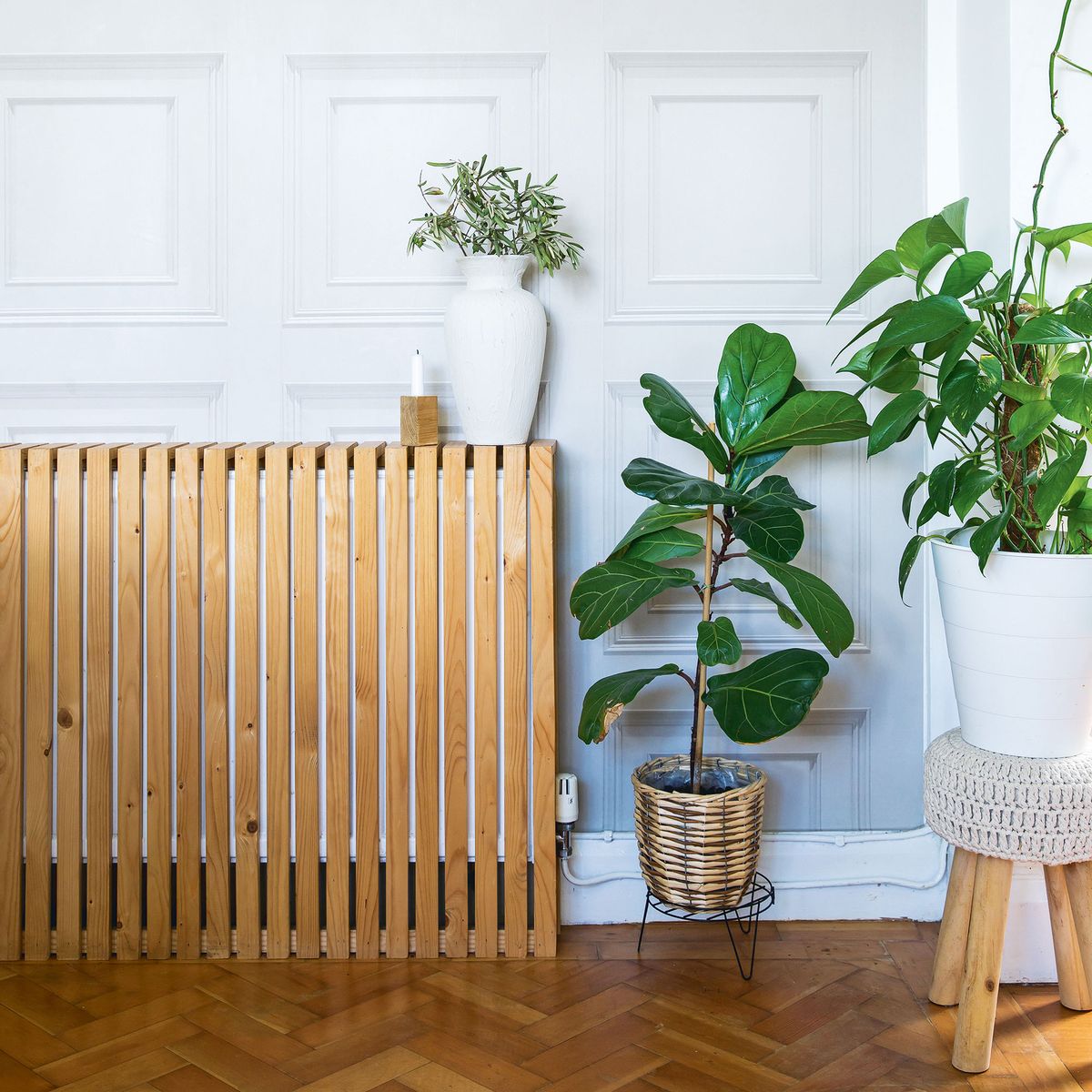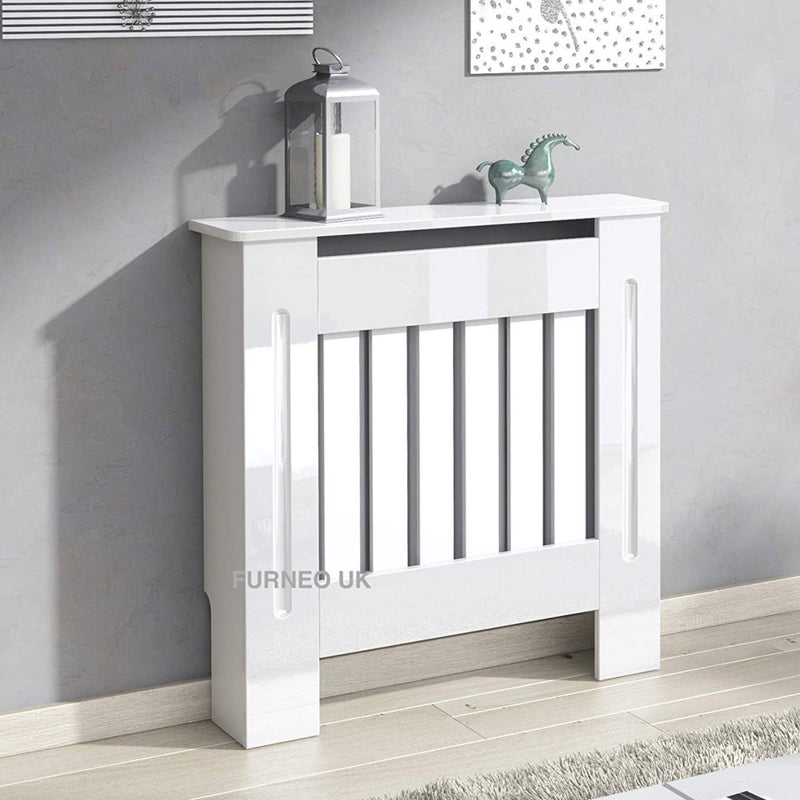Leading Advantages of Mounting a Radiator Cover in your house
Leading Advantages of Mounting a Radiator Cover in your house
Blog Article
Radiator Covers: Comprehending Materials, Styles, and Benefits
Radiator covers offer both functional and aesthetic functions within a home, providing an array of materials such as metal, hardwood, and mdf to match various layout preferences. Selecting the best radiator cover includes comprehending the subtleties of products, layouts, and their associated advantages.
Types of Materials


Wooden covers, frequently crafted from woods such as oak or maple, provide a traditional, warm look that complements typical interiors. Their toughness and ability to be discolored or repainted add to their adaptability. Steel covers, usually made from steel or aluminum, are favored for their toughness and modern-day look, typically including sleek lines that improve modern rooms.
MDF, a manufactured wood product, is popular for its cost-effectiveness and convenience of modification. It can be repainted or completed to match existing decoration while using a smooth surface area. Plastic covers, while much less common, are immune and light-weight to dampness, making them suitable for humid atmospheres.
Inevitably, the selection of material for a radiator cover ought to line up with the home owner's design preferences, functional requirements, and the particular atmosphere where the cover will be set up. Each material uses an unique personality, making certain that there is an alternative to match every preference and setup.
Popular Layout Styles
Stressing visual charm, preferred design styles for radiator covers mirror a range of preferences and interior decoration patterns. Typical layouts frequently feature elaborate woodwork and elaborate describing, making them ideal for timeless or vintage-inspired insides. These covers normally integrate sculpted elements, giving a cozy and welcoming feel to any type of room.
On the other hand, modern styles focus on minimalist looks, identified by clean lines and downplayed elegance. Products such as steel or streamlined timber with a smooth surface are typically used, permitting these covers to blend seamlessly right into contemporary spaces. Industrial designs, on the various other hand, welcome resources like exposed steel and concrete, adding a bold declaration to loft or city settings.
For those looking for a special touch, bespoke styles supply personalization alternatives that accommodate private choices, allowing home owners to choose shades, patterns, and materials that match their decor. In addition, farmhouse-style covers integrate rustic aspects, including distressed timber and simple types that stimulate a cozy, country beauty.
Benefits of Radiator Covers
Radiator covers not only improve the visual charm of a room however also offer numerous useful advantages that make them a rewarding addition to any home. One of the main benefits is safety and security, particularly in families with animals or kids. Covers minimize the threat of burns from warm radiator surfaces, making sure a safer environment.
Furthermore, radiator covers can boost power performance. By directing heat into the room rather than enabling it to get away, they aid keep a regular temperature, lowering heating costs over time. This is especially valuable in older homes where radiator systems might be less efficient.
One more significant advantage is sound reduction. Radiators can often create unwanted noises during operation, and covers can assist muffle these noises, adding to a much more serene space. Moreover, radiator covers can be functional, offering additional storage or display screen room, consequently making the most of the utility of often-overlooked locations.
Finally, they can protect radiators from dirt and particles, which can hinder performance and boost upkeep requirements. With these combined advantages, radiator covers become a practical remedy for boosting both the performance and design of any type of home environment.
Installment Factors To Consider
Setting up radiator covers calls for cautious consideration to make certain both performance and security (Radiator cover). Assess the measurements of your radiator and the surrounding space to ensure a proper fit. Precise measurements are critical; an ill-fitting cover can block warm circulation or go to these guys develop safety dangers
Following, evaluate the material of the cover. While timber provides aesthetic appeal, steel choices may supply much better resilience and warmth resistance. Think about the weight of the cover too; heavier covers may need extra assistance or reinforcements to prevent drooping or damages in time.
Ventilation is one more vital facet. Covers must feature appropriate air movement to stop overheating and preserve reliable home heating. Look for designs with slats or perforations that enable warm to flow without obstruction.
Additionally, make sure that the cover is firmly mounted to avoid mishaps, particularly in homes with youngsters or pets. Radiator cover. It's suggested to comply with the supplier's setup standards closely and, if necessary, speak with a professional for intricate installments
Upkeep and Care Tips
Correct upkeep of radiator covers is essential for guaranteeing their long life and ideal performance. Routine cleaning is vital; dust and debris can accumulate, obstructing air movement and decreasing heat efficiency. Use a soft, wet towel or a microfiber duster to delicately visit their website wipe the surface, avoiding harsh chemicals that might harm the surface. For painted or wood covers, think about an appropriate polish or protective coating to keep their look.
Examine the covers periodically for indicators of wear or damages, such as cracks or peeling off paint. Resolving these issues promptly can protect against more degeneration. Guarantee that the covers are securely attached and examine for any type of loosened screws or installations, as vibrations from the radiator can loosen them with time.
In chillier months, avoid placing heavy things or ornamental items in addition to the radiator covers, as this can impede warm distribution and trigger unnecessary stress and anxiety to the framework. Last but not least, think about seasonal upkeep by getting rid of the covers for detailed cleansing and assessment throughout warmer months when the heating unit is non-active. Taking on these straightforward care suggestions will certainly improve the performance and aesthetic charm of your radiator covers, guaranteeing they serve their purpose successfully for several years to find.

Final Thought
In summary, radiator covers offer as visual and practical enhancements to domestic rooms. Cautious consideration of setup and upkeep further ensures the durability and performance of radiator covers in any home environment.
Radiator covers serve both aesthetic and functional functions within a home, supplying a range of materials such as hardwood, metal, and MDF to match various design preferences. Selecting the appropriate radiator cover involves understanding the nuances of materials, styles, and their linked benefits.Highlighting aesthetic charm, prominent layout styles for radiator covers mirror an array why not try this out of preferences and indoor layout trends.Radiator covers not just enhance the aesthetic charm of a space however additionally supply several useful advantages that make them a worthwhile enhancement to any type of home. Take into consideration the weight of the cover as well; much heavier covers may need extra assistance or supports to avoid sagging or damages over time.
Report this page